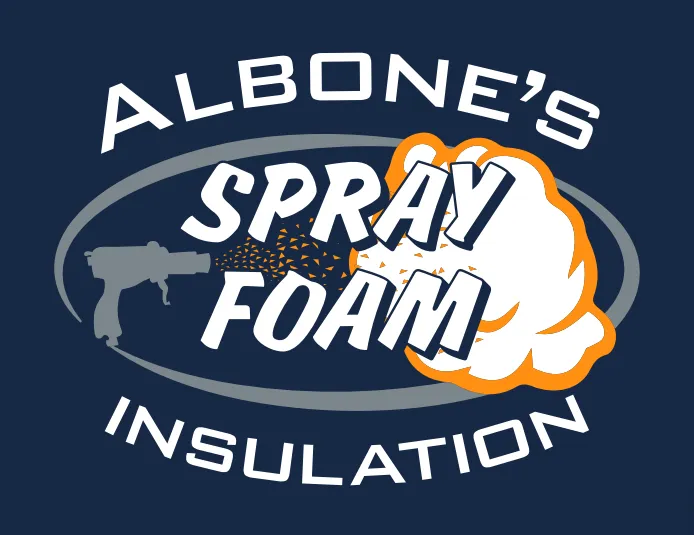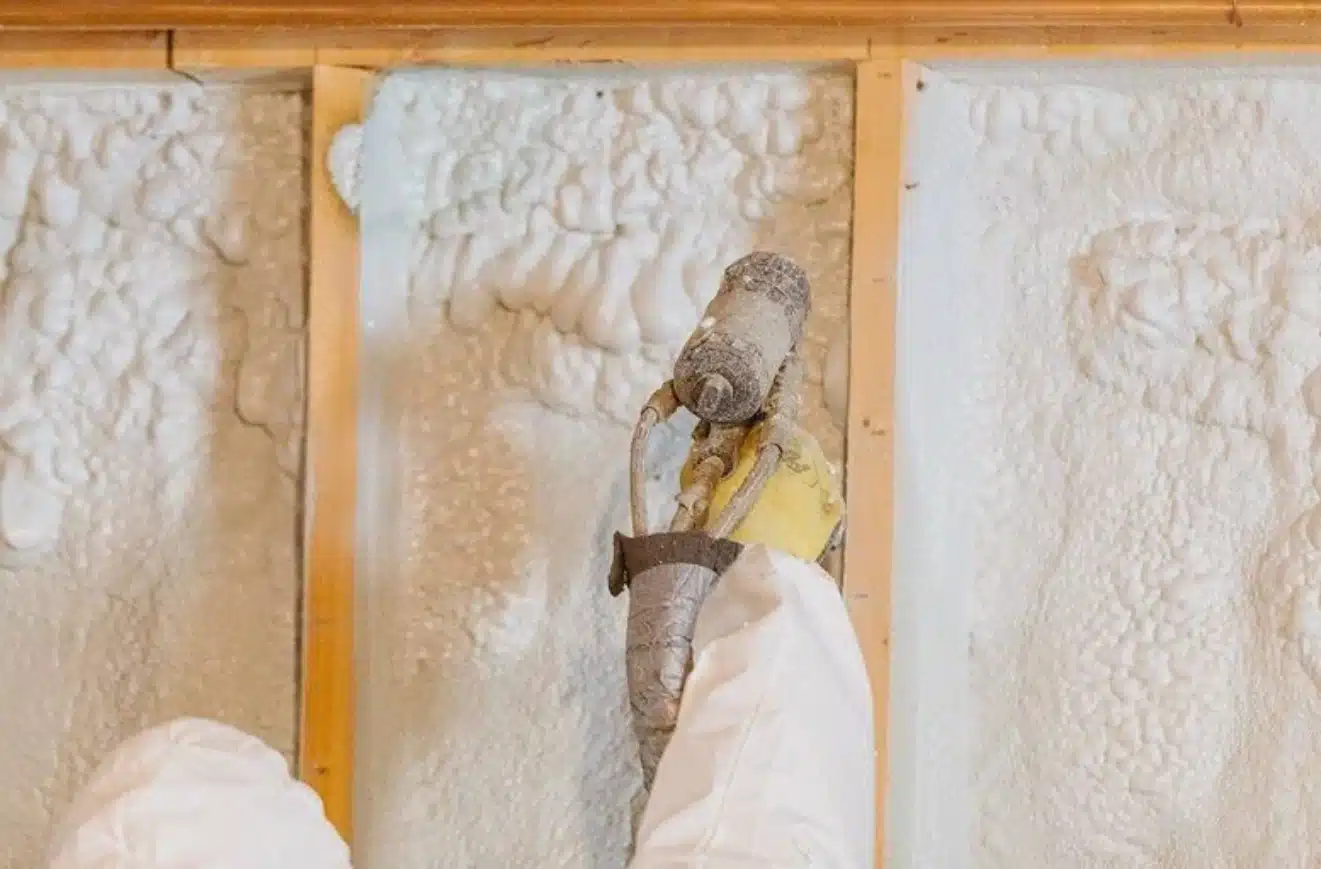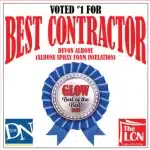Introduction
Spray foam insulation is widely recognized for its ability to create an airtight seal, reducing energy loss and improving indoor comfort. While the upfront cost may be higher than traditional insulation, the long-term savings often make it a cost-effective investment. Understanding these savings requires looking at energy efficiency, durability, maintenance, and overall home value.
Energy Efficiency and Reduced Utility Bills
Air Sealing and Thermal Resistance
Spray foam insulation expands to fill gaps and cracks, forming a continuous barrier against air leaks. This tight seal helps regulate indoor temperatures more effectively than fiberglass or cellulose insulation. Homes with spray foam experience fewer drafts, meaning heating and cooling systems operate more efficiently.
Lower Energy Consumption
By minimizing heat transfer, spray foam reduces the workload on HVAC systems. Homeowners typically see a decrease in energy costs by 20% to 50%, depending on climate conditions and the structure’s insulation needs. Over a decade, these savings can amount to thousands of dollars.
Seasonal Benefits
- Winter: Prevents heat from escaping, keeping indoor spaces warmer with less reliance on heating systems.
- Summer: Blocks heat penetration, reducing the strain on air conditioning units.
Durability and Longevity
Resistance to Degradation
Unlike fiberglass or cellulose, spray foam does not sag, shift, or deteriorate over time. It maintains its insulating properties for over 30 years, eliminating the need for frequent replacements.
Moisture Resistance and Mold Prevention
Spray foam’s closed-cell variant repels water, preventing moisture buildup within walls and attics. This reduces the risk of mold growth, which can lead to costly repairs and health issues. Homeowners benefit from reduced maintenance costs associated with water damage and mold remediation.
Structural Benefits and Property Value
Strengthening the Building Envelope
Spray foam adds structural integrity by reinforcing walls and roofs. This makes homes more resilient against severe weather conditions, reducing the likelihood of damage from strong winds or heavy storms.
Higher Resale Value
Energy-efficient homes are increasingly attractive to buyers. Properties with spray foam insulation often command higher resale values due to lower energy costs and improved indoor comfort. Appraisers and real estate agents consider high-quality insulation a valuable feature that can justify higher asking prices.
HVAC System Longevity and Maintenance Savings
Reduced Wear and Tear
A well-insulated home means HVAC systems do not have to work as hard to maintain a comfortable temperature. This leads to fewer breakdowns and extended equipment lifespan, reducing repair and replacement costs.
Downsized HVAC Requirements
Since spray foam minimizes energy loss, some homeowners can install smaller HVAC units, leading to upfront savings on equipment costs and long-term reductions in energy consumption.
Tax Incentives and Rebates
Federal and State Programs
Many regions offer rebates or tax credits for upgrading to energy-efficient insulation. Homeowners may qualify for financial incentives that offset installation costs. Checking with local energy programs can help maximize savings.
Cost Comparison Over Time
| Insulation Type | Initial Cost | Energy Savings | Lifespan | Maintenance Costs |
|---|---|---|---|---|
| Fiberglass | Low | Moderate | 10-20 years | Requires replacement |
| Cellulose | Medium | Moderate-High | 15-30 years | Prone to settling |
| Spray Foam | High | High (20-50%) | 30+ years | Minimal maintenance |
While the initial investment for spray foam is higher, the long-term financial benefits outweigh the costs when considering energy savings, durability, and maintenance reductions.
Contact for Expert Guidance
For homeowners looking to reduce energy costs and improve comfort, Albone’s Spray Foam offers professional installation tailored to your specific needs. Call (585) 560-1369 or email [email protected] to explore the best insulation options for your property.
FAQs
1. How much can I save on energy bills with spray foam insulation?
Savings vary, but most homeowners experience a 20% to 50% reduction in heating and cooling costs.
2. How long does spray foam insulation last?
Properly installed spray foam can last over 30 years, far exceeding the lifespan of fiberglass or cellulose.
3. Is spray foam insulation safe?
Yes, once cured, spray foam is non-toxic and does not emit harmful chemicals.
4. Does spray foam prevent mold growth?
Yes, closed-cell spray foam repels moisture, reducing the risk of mold and mildew.
5. Can spray foam insulation be added to existing homes?
Yes, it can be applied to attics, crawl spaces, and walls during renovations or upgrades.
6. Will spray foam insulation make my home quieter?
Yes, it provides soundproofing benefits by reducing noise transmission between rooms and from outside.
7. Is spray foam insulation environmentally friendly?
Many modern spray foam products have low VOCs and contribute to reduced carbon emissions by improving energy efficiency.
8. How much does spray foam insulation cost?
Costs vary based on the area covered, type of foam used, and labor. It typically ranges from $1.50 to $5.00 per square foot.
9. Do I need to replace spray foam insulation over time?
No, spray foam does not deteriorate like traditional insulation, reducing the need for replacements.
10. Can spray foam help with ice dams in winter?
Yes, by creating a tight seal, spray foam minimizes heat loss, preventing ice dams on roofs.




